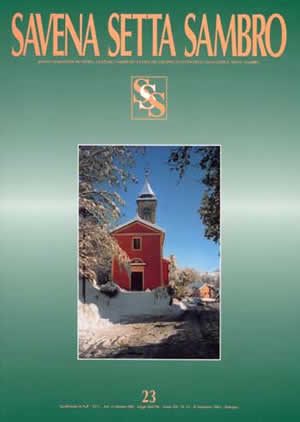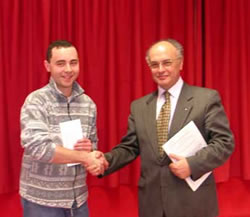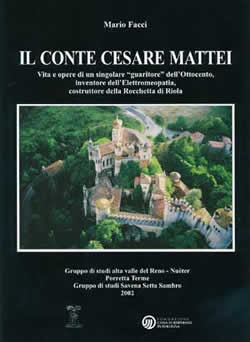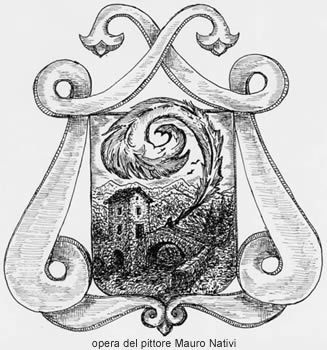J. W. Goethe, Viaggio in Italia (1786 - 1788)
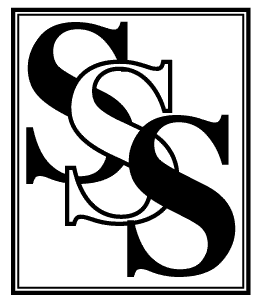
Group of Studies SAVENA SETTA SAMBRO
Group of Studies Savena Setta Sambro
c/o Biblioteca Comunale di Monzuno
Via Casaglia, 1 40036 Monzuno (BO)
e-mail: redazione@savenasettasambro.com
Segreteria: Simona Vincenti, Tel. 051/6770538
(ore ufficio)
The group of studies Savena Setta Sambro has been active for almost ten years in the valorization and study of
the culture and of the traditions of the Bolognese Appennino. In 1991 there was the first meeting, where a group
of interested people met in Monzuno, settling the basis and writing down the main principles of the association.
The activity is based on the organization of cultural events and in particular on the edition of the semestral
review Savena Setta Sambro.In these years have been printed also many monographic operas, as a result of the group
work and the collaboration withinstitutions and other cultural realities.
The territories where the association acts are those of the eight commons of the valleys of the torrents Savena,
Setta and Sambro: Castiglione dei Pepoli, Grizzana, Loiano, Monghidoro, Monzuno, Pianoro, San Benedetto Val di
Sambro, Sasso Marconi. The headquarters are in Monzuno, site chosenfor its centrality and for the relative closeness
to Bologna.
It’s seen as an important goal, the extension of the cultural message also outside the Appennino, to those who,
coming from the mountain, want to revise their roots, and to those, scholars or just passionates,who wants to discover
the Appennino.
The approach doesn’t favour any topic: from historical research to naturalistic environment, to the memory of people
of past times or characteristic of the toponomastic, from Amarcord to the presentation of associations and activities,
cultural or of volunteers of the eight mentioned commons, not without an opening towards other omogeneous realities.
The variety of tones and contents is functional to the different kinds of people who can take part to programmes and
to events organized or to approach the reading of the review, just to avoid an elitarian product, excessively tecnic
or, even too obvious and uninteresting.
The Group of Studies organizes also a very large programme of events during the summer, in which there are cultural
moments (conferences, exhibitions, visits) alternated with amusements (tours, films).
Savena Setta Sambro yearly proclaimsa concourse reservedto writings with topic theBolognese Appennino, mentioned to
reward the new graduates who have distinguished themselves for works of research on the mountain territory. We remember
also the sponsorship of the manifestation “Concerti d’Organo”(Organ Concerts), a serie of organistic concerts that each
summer are kept in the churches of the Bolognese mountain.
More informations could be requested directly to the Group of Studies:
(segreteria: Simona Vincenti, Tel. 051/6770538 o anche via e-mail: redazione@savenasettasambro.com o sul sito web http://www.savenasettasambro.com )
The Review
The Savena Setta Sambro review was born in 1991 and it’s the main expressionof the activity of diffusion and of
research of the group of Studies. It comes out once each semester and talks about history, culture, tradition and
nature of the Bolognese Appennino, with specific references to the territory of the three valleys that give name
to the association: Savena, Setta, Sambro.
The director is Daniele Ravaglia, helped by a Committee of editorial staff that periodically meets .It lives on
the volunteer contribute of the associates, of the scholars, of the people passionate of history and culture
of the Appennino.
The review publishes, after an examination of the editorial Committee, articles and studies of external contributors.
The writings can be sent via e-mail or traditional mail to the address of the editorial office
